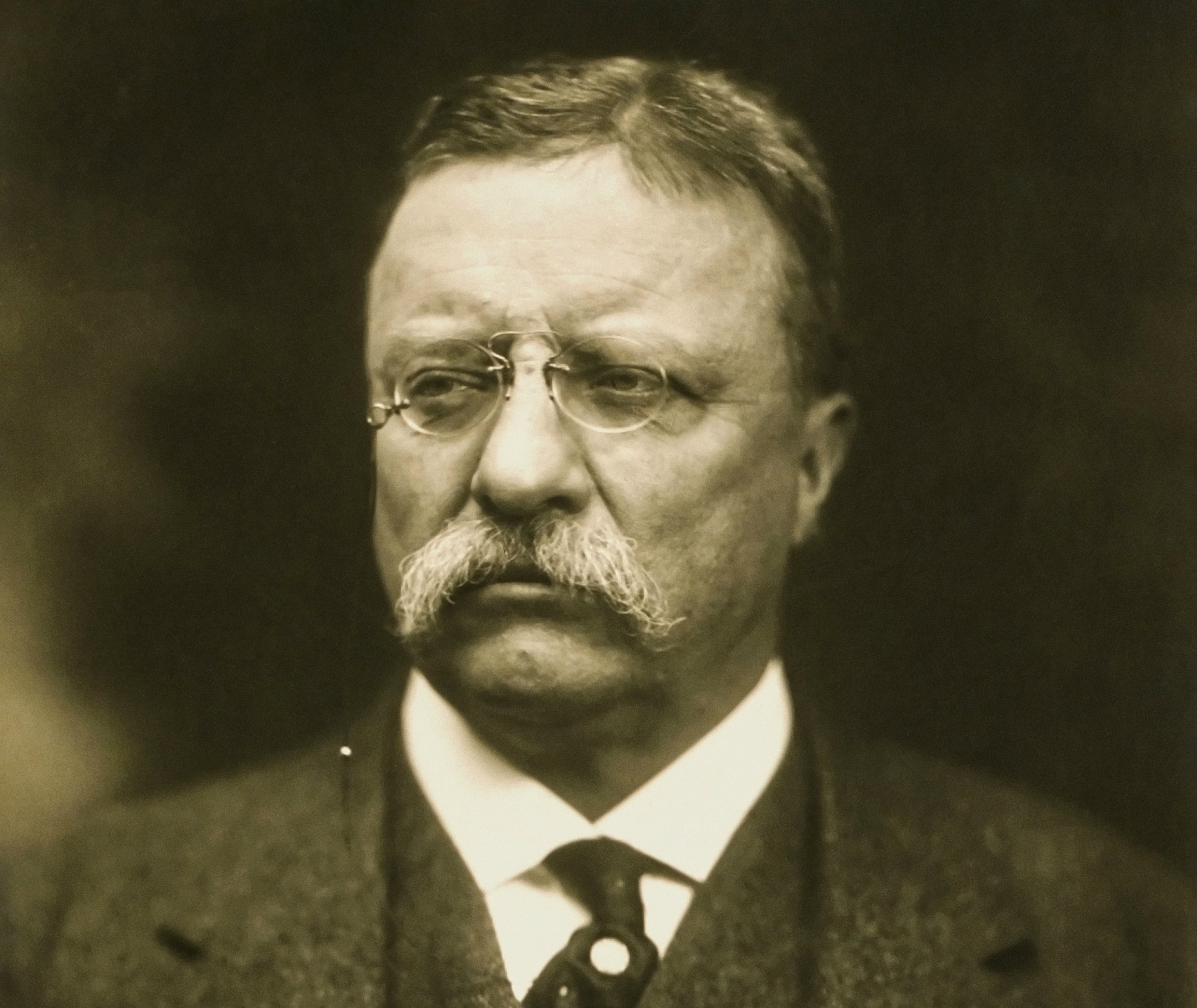
Rock Creek Curiosities
The Adams Chronicles. President John Quincy Adams cashed in his accumulated investment of $9,000 in government bonds to bankroll his brother-in-law’s new business, a gristmill on Rock Creek. President Adams lost his shirt in the venture.
Crime Didn’t Pay Then, Either. In the earliest days of Rock Creek Park, many of its roads and bridges were built by chain gangs.
The Boss’s Piece of the Rock. Alexander R. “Boss” Shepherd, the iron-fisted dictator of the District of Columbia in the early 1870s, owned an eighty-six-acre tract adjoining 16th Street, which he sold to the commission assembling land for Rock Creek Park. (Another large landholder, with 150 acres, was New York lawyer J.R. Dos Passos, the father of novelist John Dos Passos.)
Home Sweet Home. John Howard Payne, whose sentimental song “Home Sweet Home” sold 100,000 copies its first year, was said to have composed the lyrics on the mossy banks of Rock Creek, which he called “the delight of my life.”
No Wine Before Its Time. The first notable American grape, the Catawba, was born on the hillsides of Rock Creek north of Georgetown, thanks to the oenological ingenuity of John Adlum. On his secluded estate, “The Vineyard,” Adlum cultivated at least twenty-two varieties of grapes, including one he created by crossing cuttings from a European Tokay vine with the wild fox grape native to North America. Adlum named his new light red grape after the Catawba Indians. Adlum, who in 1823 published the first American treatise on viticulture, petitioned President John Quincy Adams for federal money to underwrite his establishment of an “Experimental Farm” for the scientific cultivation of domestic grapes. Adams turned him down.
In 1825, Nicholas Longworth of Cincinnati (a forebear of the Nicholas Longworth who served as Speaker of the House of Representatives) visited “The Vineyard,” obtained cuttings from Adlum’s Catawba vines, and took them back to the Ohio Valley, where he made a fortune from growing the grapes. And in 1845, nine years after Adlum’s death, the Catawba grape made its way to upstate New York, transforming the region’s scattered wine-making enterprise into a thriving industry.
Rules of the Game. In 1916, one Otis J. Tienis wrote to the chief of the U.S. Biological Survey, H.W. Henshaw, to warn that hawks in Rock Creek were devouring quail, rabbits, and squirrels. “Close observation of this game destruction caused me to kill about thirty-seven hawks one winter,” Tienis said. “If you would concentrate your attention on the stray cats,” Henshaw tactfully replied, “more would probably be accomplished.”
A Creature of Habit. In 1906, the National Zoo acquired a fully grown Manchurian crane who eventually became the zoo’s oldest resident. The crane stood motionless in the same spot in his cage every day, showing visitors nothing more than a solemn, apparently brooding, expression. “There has been no change in his behavior in the last ten years,” said the zoo’s curator, Dr. W.T. Roth, in 1962.
Rock Creek, Residence of Presidents? Charles Fletcher, the founder of Kalorama, pushed a plan in 1854 to create something he called “The President’s Park,” a three-hundred-acre estate bordering Rock Creek with a private residence for the chief executive.
“Now he is obliged to sleep in his office, where the business of the nation is transacted,” Fletcher wrote. “After the labors of the day he should have the same privilege as other citizens, of retiring from his place of business to his private abode.”
Department of Ill-Fated Predictions. Rock Creek Park, the Evening Star reported in 1906, “will be stocked with golden, silver, and Lady Amherst pheasants, wild ducks, peacocks, European partridges, the Axia deer of India, etc.”
The 1903 Gold Rush. On July 12 of that year, a small classified advertisement in Washington newspapers directed public attention to a spot in Rock Creek Park where a gold ring had been lost on the left bank of Rock Creek: “$25 reward for its recovery. For full details apply 20 Jackson Place.”
President Theodore Roosevelt and his family were living at that address while the White House was undergoing repairs, and, as word of the lost-and-found ad spread through town, thousands of Washingtonians converged on Rock Creek Park to search for the president’s missing piece of jewelry.
Teddy’s ring, though, was never found.
The Dye Is Cast. Regulars at the sadly neglected Rock Creek Golf Course were given to complaining in the mid-1970s that its greens actually were brown. The problem was solved with green dye.
Main Story: In Praise of the Park
This story originally appeared in the October/November 1983 issue of Regardie’s.
